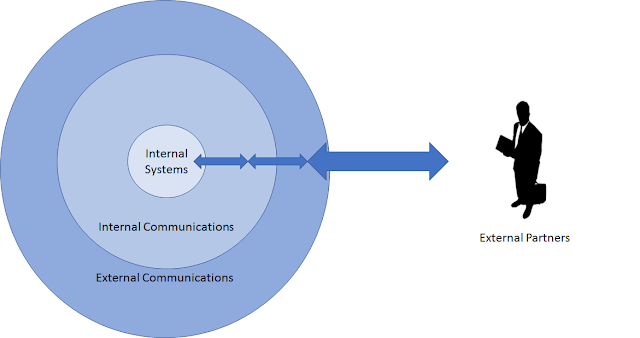What is a Pattern of Expertise?
If you’ve read about IBM’s PureApplication System, then you’ve probably heard the phrase ‘patterns of expertise’ used quite a lot. But what exactly are they and how can they help you?
Here I answer five questions I’m commonly asked about the patterns. And if you want more, here’s a more detailed Guide.
1. What Exactly Is A Pattern Of Expertise?
Basically, they 'codify' the best practice for deployments. IBM introduced the term to describe the concept of encapsulating installation and configurations of anything from a single-product right the way up to a full solution level topology. They are essentially models backed-up by the actual code that installs and configures the components in a solution. Using them means that you can deploy the solution – time and time again – with 100% repeatability.
2. But What If That ‘Best Practice’ Differs From Mine?
That’s not a problem. Firstly, there’s a range of patterns from the more basic to more complex. You can use the more complex patterns as templates for when you import your own estate into PureApplication Systems rather than alter your own standards to fit into the provided patterns.
3. What Type Of Patterns Are Available?
The patterns of expertise have the capability of interacting with the hardware as well as the software layers of PureApplication Systems. However, the ones I describe here are ones that you can interact with directly and solve the middleware and software layer of the problem.
Your choice of patterns will depend on your needs:
Basic patterns: Are ones that help you install a single piece of software onto the PureApplication platform. It’s important to note though, that many of these patterns will incorporate both the installation and the configuration of the product (this may be internal configuration or connection to another product). They vary in functionality too – for example some patterns show you the best-practice way to do High-Availability or scaling of a single product.
Multi-products patterns: These patterns are more complex and involve multiple products. They encapsulate the components and configuration of the components into an easy to use pattern so that you can install a complex suite of products. These patterns give you the confidence that the moving parts are working together in a fully scalable, highly available and secure configuration.
Solution level patterns: These patterns are multi-product, highly complex topologies. These are patterns that you will need to write yourself, to encapsulate your own best practice and complex system integration. You may end up using the basic or multi-product patterns within your solution level patterns however the solution level pattern will encapsulate your very specific topology that no one else could have written a pattern for.
4. Where Can I Find Patterns That Have Already Been Produced?
You can download a number of patterns (produced by IBM and their business partners) from their PureSystems Center. Most of these patterns are the basic ones but there are a few multi-pattern ones. Obviously, because solution level patterns are based on your own highly personalised topology they probably wouldn’t be available on the Centre.
5. What Do I Need To Consider Before Working With Patterns?
To know which patterns are right for you, you need to understand your project at both a high and a low level. You may need a PureApplication specialist to help you review your project in relation to PureApplication’s capabilities. Writing solution level patterns will need very broad and deep knowledge of your topologies as well as of PureApplication.
Once you start using patterns, you’ll soon find that having a library of installation and configuration components means that your solutions can be deployed in a far more robust, repeatable and governed manner.


Comments
Post a Comment